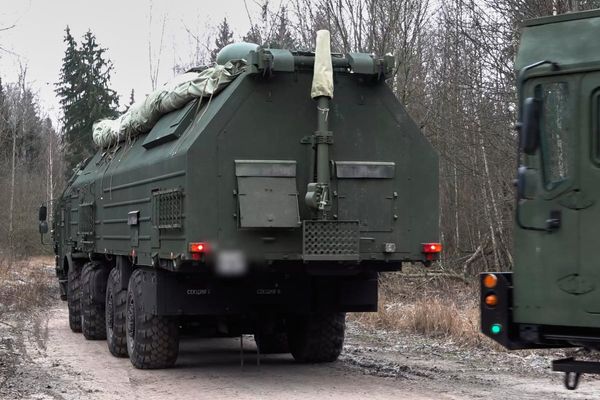
From extreme temperatures to large wildfires fires and frequent tropical storms, volatile weather is impacting every corner of the United States. One major consequence is the impact on our country’s infrastructure, particularly the power grid. The U.S. has experienced a 67% increase in major power outages from weather-related events since 2000 and these increases are forcing utilities around the country to rethink response plans and adapt to the changing climate and resulting volatile weather events.
Utility companies have always faced weather challenges however, as the frequency of these weather events increase, utilities are facing tough investment choices around how to minimize and prevent outages, as well as how to quickly restore power. These decisions must be weighed against additional factors, such as cost, reliability, resiliency, long-term investment, and public support and regulatory measures.
A recent survey (sponsored by this author’s company) showed that nearly half of the respondents reported increased investment in infrastructure hardening to meet regulatory requirements and while the other half are planning to make hardening investments in the coming 12-18 months.
Strengthening grids is necessary, especially since most of the grid infrastructure was constructed in the 1950’s and 1960’s, but it costs billions of dollars and take years to complete. In 2017, more than three dozen regulated utilities spent almost half of their more than $120 billion in total capital spending on grid improvements. And, despite increased capital investments in the grid by US utilities over the past ten years, a McKinsey report shows that the system average interruption duration index (the total time an average customer experiences power interruption in a one-year period) is consistently above its 2000 level.
It bears repeating – weather analytics is the most underused resource that we have today to prepare for our future climate – and the utility industry is a prime example of this. While investment in hardening programs continues to be a priority, an opportunity exists for utilities to enhance their preparedness for severe weather events today through advanced weather technology.
Several utilities use predictive analytics to predict what might happen based on historical and real-time data. In weather, this includes numerous models that consider several atmospheric conditions and data from multiple sources to suggest a realm of scenarios or probabilities. These powerful datasets can help prepare for the efficient, effective coordination of storm-related power outages.
A few utilities are testing the advantages of machine learning, or artificial intelligence. Machine learning takes historical outage data collected and allows a computer to generate predictions for future needs based on forecasted weather conditions. It understands how infrastructure has responded to past storms including learning differences in network hardening, realizing the age of individual infrastructure components and maintenance practices. These datasets will yield a baseline of potential outages from upcoming storms.
While most utilities see the value in advanced weather analytics not many are willing to readily invest in technology over physical assets. There is a hesitancy – or frustration – with the adaption of data technology. Often this stems from poor data collection, a lack of integration into existing systems or across the company, and the skill sets needed to lead a complex data analytics process. But there is reward in the investment, and it can reduce risk overall. In the report the respondents who made weather technology purchases reported a reduction of 62% in outage times and 58% have had better workforce deployment during severe weather and faster restoration times. Unlike our aging infrastructure, the continued evolution of weather analytics means that data science and weather data, along with the delivery mechanism, will become stronger over time.
Addressing the challenges of extreme weather and utility outages will take a combination of multiple tools. Distributed generation, demand response, energy storage, micro grids and vegetation management are also ways to reduce outage and response times. The commonality in these technologies and processes is that weather will continue to be an important part to their success, now and in the future.







